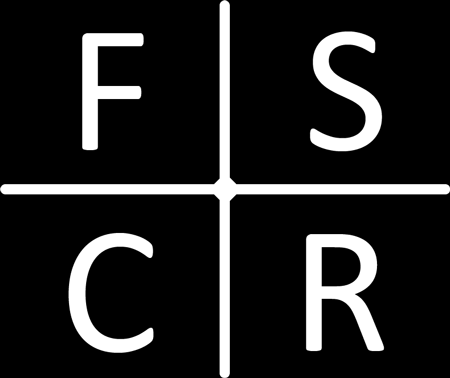A well know term utilised in strength training is that “the squat is king of all exercises”. We are a big fan of the bilateral (two legs) squat but for football our king of all exercises for building general strength is the unilateral (single leg) split squat and its variations. Here are a few reasons why;
1) First and foremost building general strength is the furthest form of strength training from the specific requirements of football. However, it is still important to move general strength training as close to the specifics of football as you can with your exercise selection. Football is a unilateral sport and strength differences between both legs are very common. With this in mind it is important from an injury and performance point of view to reduce this difference and create a more balanced level of strength between both limbs. Research has shown us that when performing the squat, bilateral joint torques are not equal and this means that there are large differences between the left and right limbs in the amount of force produced (1). This suggests that when performing the squat exercise the load is not equally split between both limbs and therefore the force produced is different between both legs. If a player has a big strength difference between his left and right leg this exercise will not help reduce a bilateral deficit.
2) Research has shown us that we can not jump twice as high with two legs as we can jump from one leg (2). This well known phenomenon has been termed the bilateral force deficit and basically means we can produce more force relatively with one leg compared to using two legs. The bilateral force deficit is also evident in strength training for example, you might be able to back squat 120kg but you can split squat 80kg; this means that although the back squat is a higher absolute load, you can lift a higher relative load on a single leg and therefore get a greater strength adaptation that is equally produced between both legs when performing the split squat. These adaptations also come with using lower absolute loads on the bar which decreases the load through the spine.
3) The split squat requires more knee neuromuscular control or steering when compared to the squat which coaches the player to avoid large knee valgus moments (knee collapses inwards upon movement) and in my experience this is extremely common in footballers. Knee valgus has been identified as a risk factor in some knee injuries including non-contact Anterior Cruciate Ligament (ACL) injury (3). It is our number one priority to keep players on the pitch and reducing as many indicators of injury is paramount! Furthermore, if the split squat is our king exercise for developing general strength then we need to have many variations to allow continual progression and adaptation, with over 30 different variations of split squats we have enough variations to continually progress general strength for 3-4 seasons!
Don’t follow the masses and just copy everyone else, stop and think about what it is you are trying to achieve within what context and build your own path to success!
References
1. Flanagan, S.P., & Salem, G.J. (2007). Bilateral differences in the net joint torques during the squat exercise. The Journal of Strength & Conditioning Research, 21,1220-1226.
2. Bobbert, M.F., de Graaf, W.W., & Jonk, J.N. (2006). Explanation of the bilateral deficit in human vertical jumping. Journal of Applied Physiology, 614.
3. Walden, M., Krosshaug, T., Bjorneboe, J., Andersen, T.E., Faul, O., & Hagglund, M. (2015). Three distinct mechanisms predominant in non-contact anterior cruciate ligament injuries in male professional football players: a systematic video analysis of 39 cases. British Journal of Sports Medicine, 49, 1452-1460.
